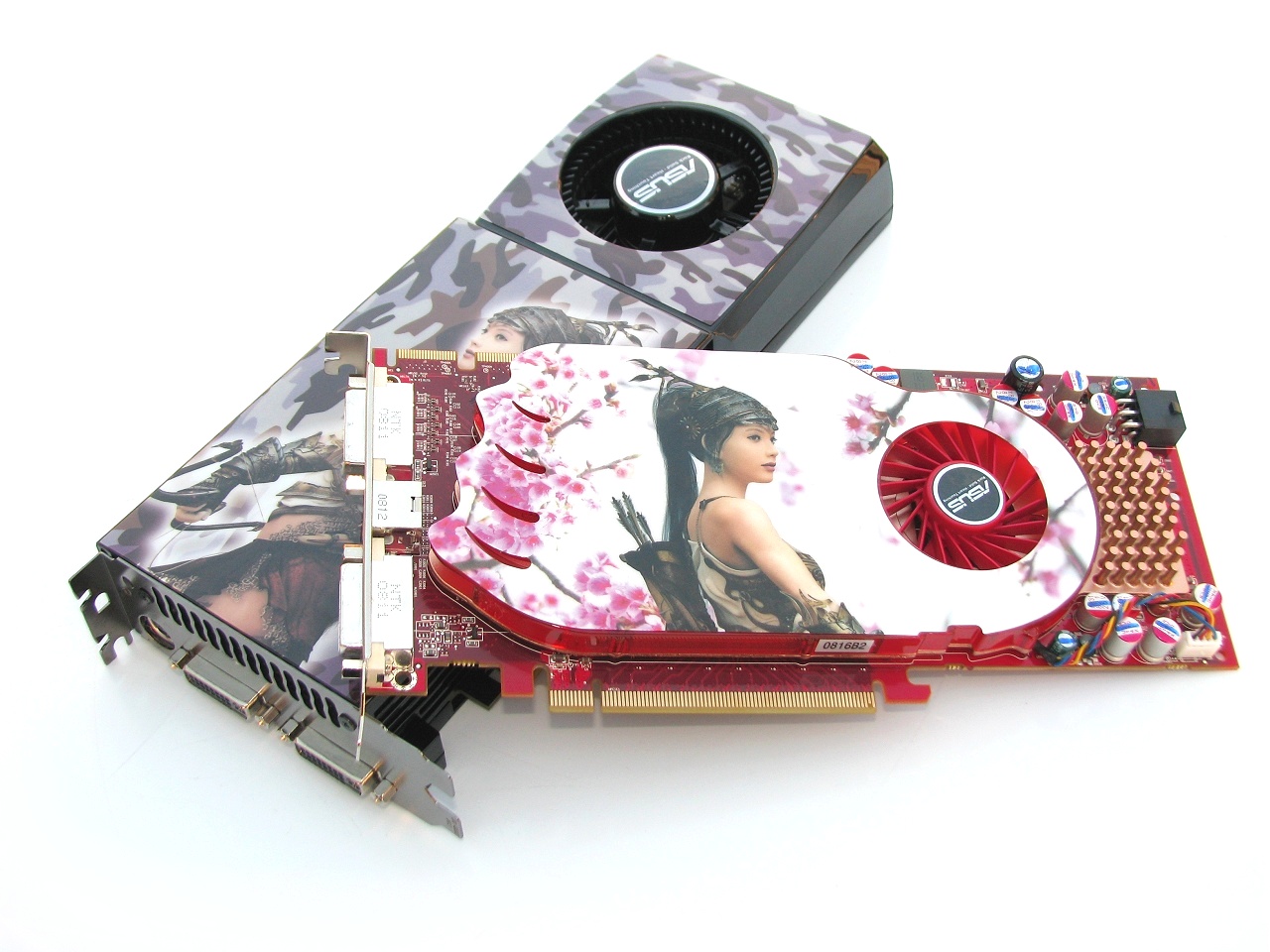It's been an uphill battle for ATI trying to fight Nvidia on the high-end sector, where the latter has been holding the performance crown more decisively since at least late 2006 when they unveiled the well regarded GeForce 8800 GTX.
Without a doubt the AMD merger also had its impact on the company, though its long term effects still remain to be seen. Today, ATI claims to have refocused its efforts, saying they will no longer try to challenge Nvidia in producing the most advanced graphics card known to man. Instead the company will be dedicated to design power efficient chips that will fare well in the mainstream graphics card market, then rely on multi-GPU implementations for crunching extra performance.
Intendedly or not, the Radeon HD 3000 series was the first product to follow this path. The chips still received lots of fierce competition, first from the GeForce 8800 GT and later from the GeForce 9600 GT. Nevertheless ATI kept price points flexible enough that depending on your timing it could have made a lot of sense buying one of these Radeon boards.

Now, in an effort to remain competitive in the $200-$300 price bracket, ATI is launching yet another product from a brand new series which has been given the codename R700. The R700 will be better known as the Radeon HD 4000, and the first product from this new series that we will be looking at is called the Radeon HD 4850.
Already the Radeon HD 4850 is shaping up to be a rather interesting product as its suggested retail price has been set at just $200, right between the GeForce 8800 GT and 8800 GTS 512. With that in mind we would normally expect this new card's performance to at least exceed that of the 8800 GT, however, looking at its specifications the Radeon HD 4850 appears as it will be capable of much more than just defeating the competition's budget king.
The Radeon HD 4850 is comprised of a staggering 800 (160x5) SPUs, 40 TAUs and 16 ROPs. Compare this to the 320 (64x5) SPUs, 16 TAUs and 16 ROPs of the Radeon HD 3870 and you can quickly begin to understand why we feel this card could be much more potent than current mid-range offerings. Also to be noted, the Radeon HD 4850 boasts a memory bandwidth of 64GB/s, while the Radeon HD 3870 was limited to 57.6GB/s of bandwidth.
Surprisingly however, the core and memory clock frequencies are not all that impressive. The Radeon HD 4850 features a core clock frequency of just 625MHz and a GDDR3 memory speed of 2000MHz DDR. This is lower than a previous generation Radeon HD 3870, however just like it the 4850 uses a 256-bit memory bus, which seems to be the norm for any card costing less than $600!
While ATI has dropped out of the race to deliver the most advanced and complex GPUs, they are still kicking along with some very impressive products. The Radeon HD 4850 is actually the third fastest product in the new 4000 series to be announced thus far. ATI fans will have the more expensive Radeon HD 4870 to look forward to in the coming weeks, though we suspect more of you will be interested in today's review item, which has been provided by Asus.
